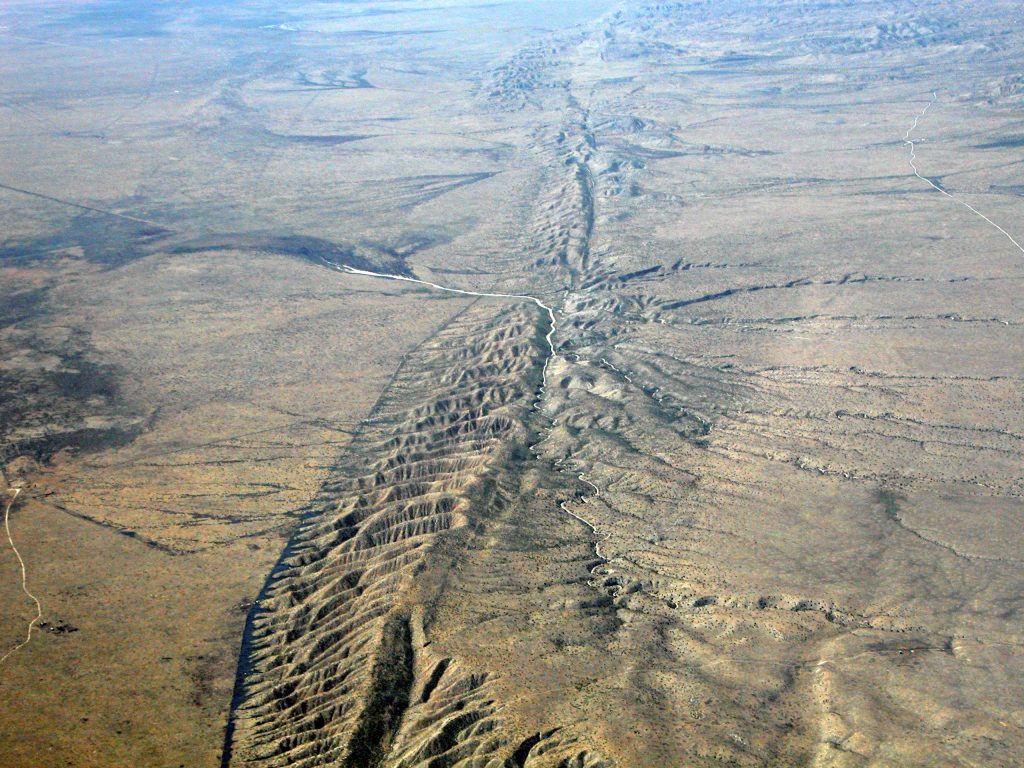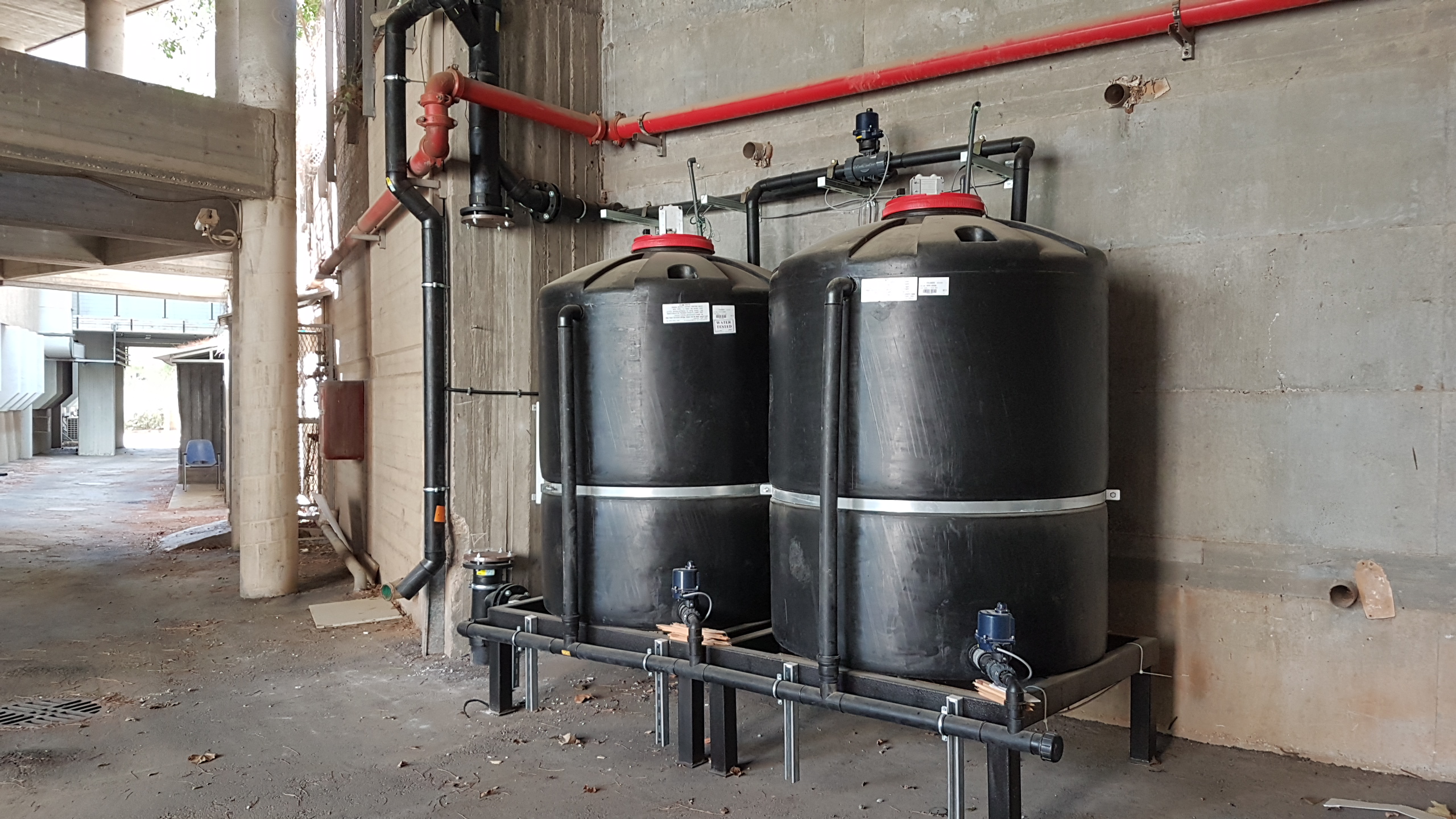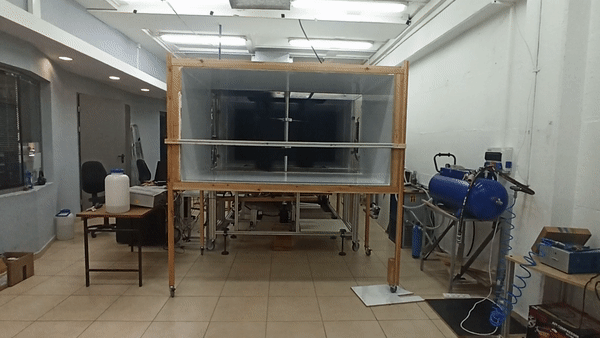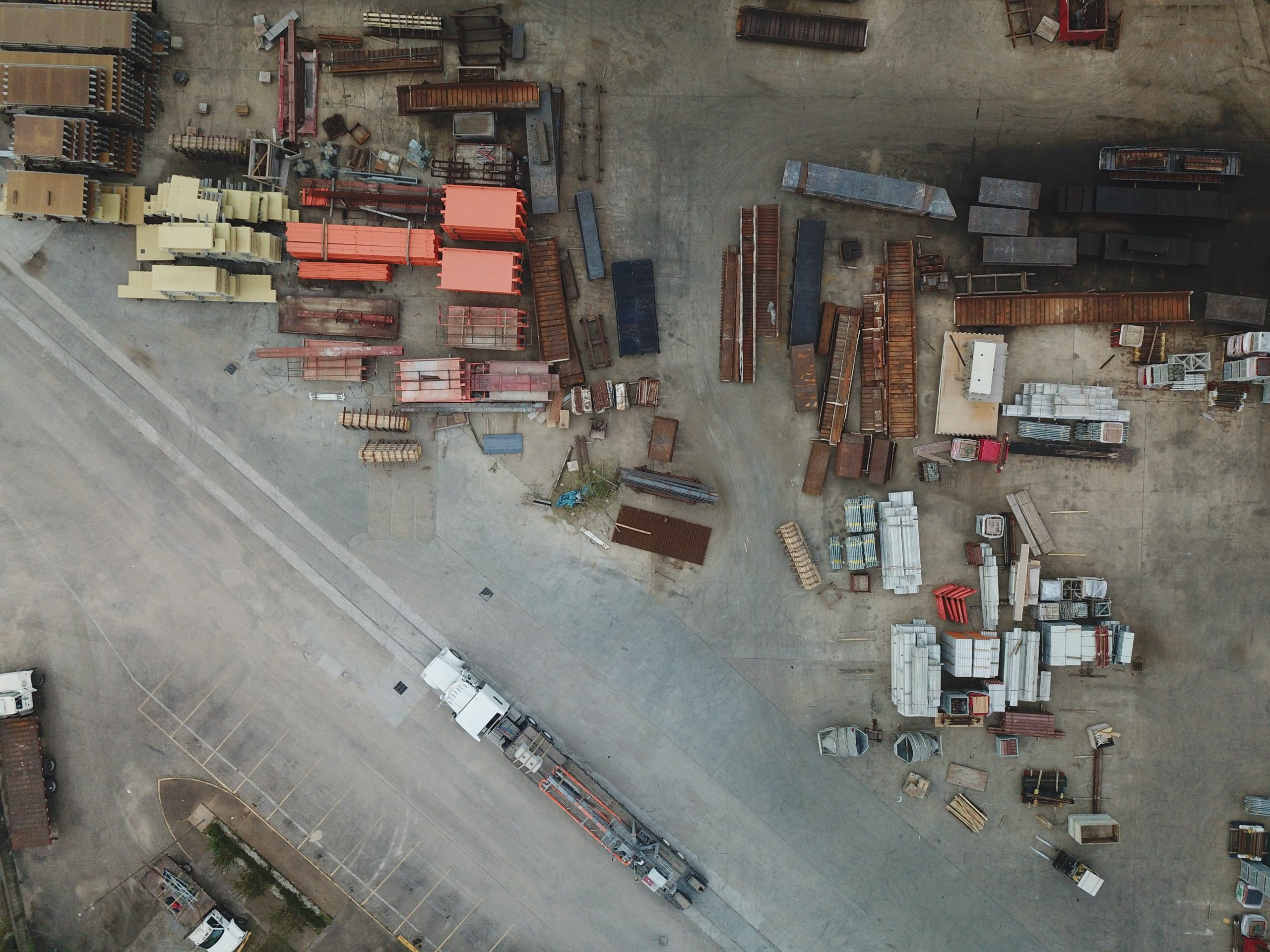A new approach to earthquake early warning: SeismicAi
August 10, 2020A young Israeli company is aiming to revolutionize earthquake early warning, with a new seismic algorithm and a unique seismic sensor network
There are several countries in the world with state-of-the-art earthquake early warning (EEW), including Mexico, Japan, and, more recently, California. EEW are ”real-time earthquake information systems that have the potential to provide warning prior to significant ground shaking.” Depending on the system and the distance to the epicenter, warnings may range from a few seconds to roughly a minute, mostly just enough time to move away from the windows or hide under a desk.
However, in order to create a system that effectively predicts earthquakes, saves lives, and protects infrastructure while still being affordable, a plethora of factors have to be considered. SeismicAi, a young Israeli start-up, strives to overcome the issues inherent in conventional earthquake forecasting and revolutionize the field of early warning systems (EEWS).
According to Alon Ziv, Chief Scientist at SeismicAi and Associate Professor at the Department of Geophysics at Tel Aviv University, (technically) early warning systems are highly cost-effective and could be implemented with very little budget. “Once you have an early warning system it can save a lot of money because whenever there is a moderate to large earthquake happening in or near a big city, the financial damage can be immense, not to mention the human loss in some cases,” says Ziv.
“So basically what you need is a real-time seismic network (a group of monitoring stations that are working collectively), a seismic algorithm, and you need a way to disseminate the warning among the public.”
According to Ziv, the “one thing” that costs money is the seismic sensor network itself. Those are very expensive complex systems used by Japan and California but are too expensive for many other countries. “Our goal was to come up with a more affordable, more reliable system, and, most importantly, one that can be implemented anywhere in the world.”

Overcoming the problem
One of the main problems of nowadays earthquake forecasting is that seismic networks are commonly built along the plate boundary (the area where two plates from the outer shell of the earth’s crust collide causing earthquakes). However, most earthquakes occur either outside or on the edge of the seismic network. A majority of earthquakes happen in the ocean, which is the case, for instance, in South America, Central America, Indonesia, and the Philippines.
According to Ziv, most of the advanced systems that you find in places like Japan or California today can estimate the location of an earthquake and its magnitude and use these parameters to predict the peak motion anywhere in the affected area. However, this is only feasible as long as the earthquake occurs inside the network. Therefore, to develop a system that can be implemented anywhere, the off-network issue needs to be addressed.
“We have developed a system that can operate even if the seismic event occurs off-network; A system that works anywhere. Tomorrow, I can deploy it in Canada the next day in Turkey or the Himalayas. That’s what we were looking for,” Ziv says. According to Ziv, SeismicAi addresses this problem by calculating not only the arrival time of the seismic waves but the angle between the measuring station and the epicenter of the earthquake, the “back-azimuth.”
The reason why SeismicAi can calculate the back-azimuth is that they use a different seismic network layout. Networks in other places like Japan and California have more or less uniform spacing between the seismic sensors. The network Seismic Ai deploys consist of sensor clusters, with 4-5 sensors in each site. Each sensor cluster is a seismic array.
“The seismic waves emitted from an earthquake arrive at the individual sensors of the array at different times. With the help of this time difference, we can calculate the back-azimuth. Once we have determined the back-azimuth, we can more quickly and more accurately locate the earthquake, even if it occurred outside of the network, in places where we have deployed only a few sensors,” he explains.”
According to Ziv, the second element in the SeismicAi system is the use of a physics-based set of equations that replaces the location-specific empirical relations that are in use in California and Japan. Location-specific empirical relations are equations with which experts are able to calculate the peak ground motion (acceleration of an earthquake) at the target site. These relations require a lot of data and many years of monitoring, which is not feasible in places where monitoring systems are either unavailable or have been deployed very recently.
“The problem with the empirical relations is two-fold: 1. They are location-specific, and 2. They are not available everywhere; for example, most of Asia doesn’t have them. But with SeismicAi, you don’t need them, because we replaced them with a universal physics-based set of equations that works everywhere and is readily implementable anywhere,” Ziv says.
“To summarize, our new system can be implemented anywhere, whereas the systems you have in Japan or California can’t really be adopted in other places due to the enormous costs, the inability to locate off-network earthquakes, and the reliance on location-specific empirical relations. For poorer countries in dire need of early warning systems, the costs are the biggest problem, as the maintenance alone of those systems costs many million dollars,” Ziv stresses.

SeismicAi in Israel?
“The company is still very young, but the technology is ready, and we hope to become operational this year,” Ziv says.
Currently, SeismicAi has pilots in Istanbul, Canada, and the Himalayas, and according to Ziv, Canada has now, after roughly four to five months of testing, arrived at a point where they will have to decide if they want to implement the technology.
Around ten years ago, the Israeli government decided to implement an earthquake early warning system, which is set to become operational in 2020. In Israel, the sensors of the networks run along the Dead Sea fault and the Carmel fault. According to Ziv, however, past earthquake observations in California, which has a similar plate boundary to Israel, in both structure and movement, have shown that earthquakes frequently occur outside the plate boundary.
“The Israeli system is completely reliant on the assumption that the next large earthquake will happen along the Dead Sea fault or the Carmel fault. But if there is any tectonic system in the world that resembles the one in Israel, it’s the plate boundary in California. And what we’ve learned from California over the last 30 years is that many minor and major earthquakes do occur outside of that tectonic system in places where nobody excepted them,” Ziv says.
“Moreover, here in Israel, the political boundary is also the plate boundary. That means we don’t have access to the seismic network that picks up earthquakes on or outside the plate boundary in real-time in Jordan, Syria, or Lebanon,” he adds.
Ziv, who was a member of the committee discussing the implementation of an early warning system a few years ago, recommended that Israel adopt SeismicAi as a second layer to the existing early warning system.
“I am confident that with the know-how and the technology that we have acquired, we can significantly improve and add to the existing system, which will go into operation this year,” Ziv concludes.
This ZAVIT article was also published in Israel21c on 07/30/2020.







